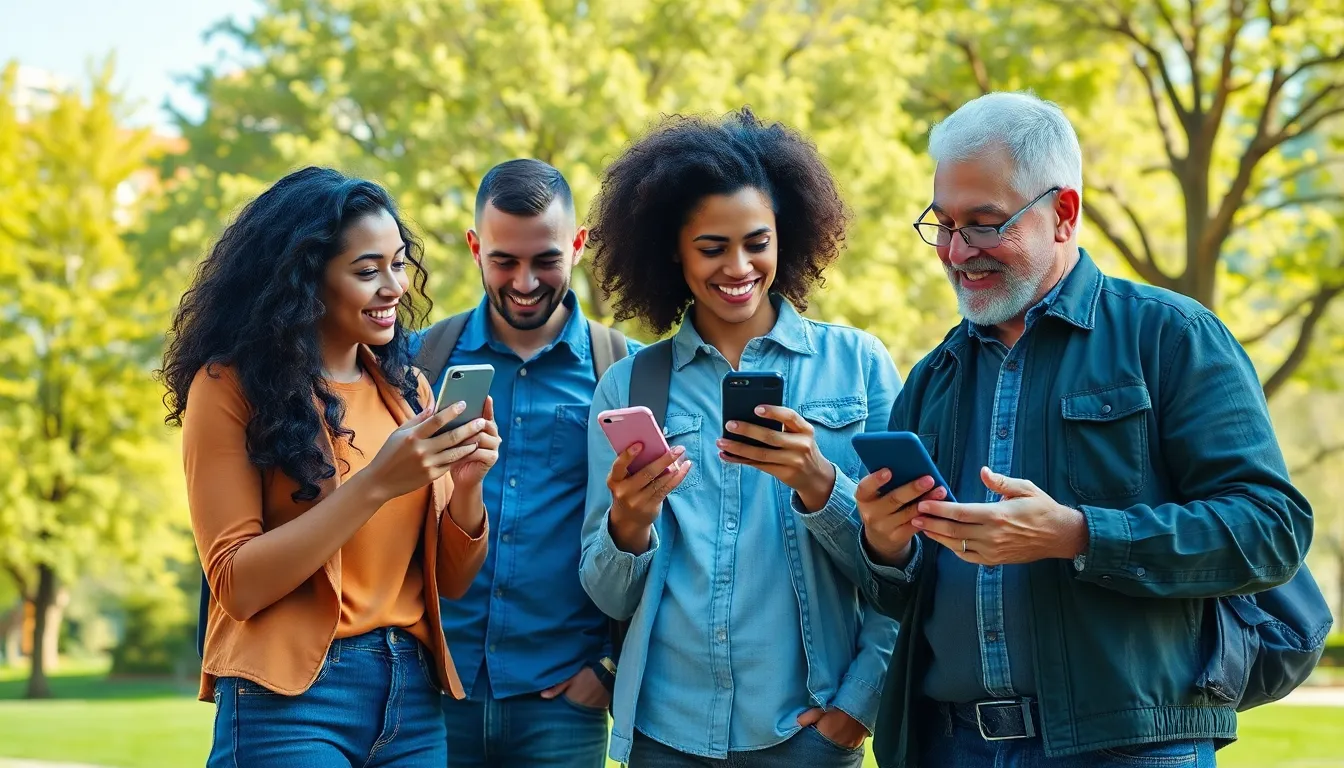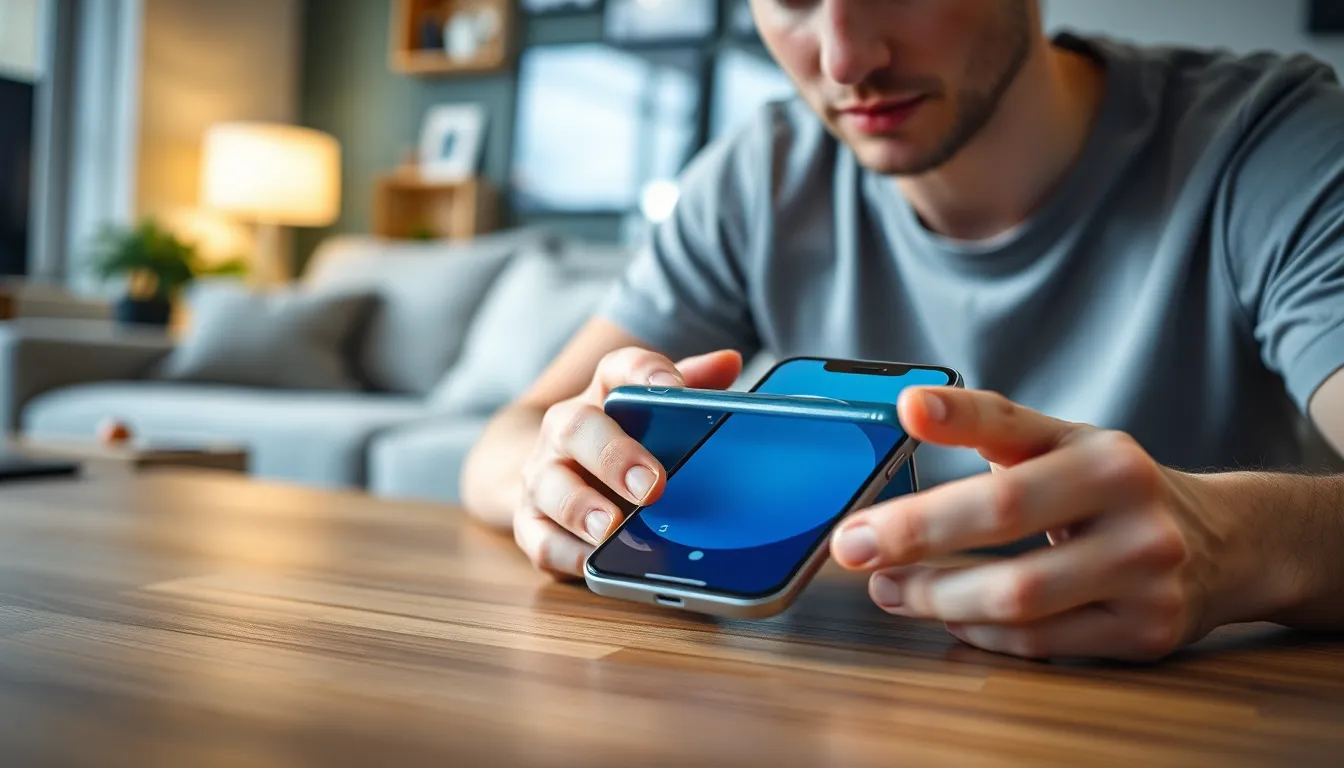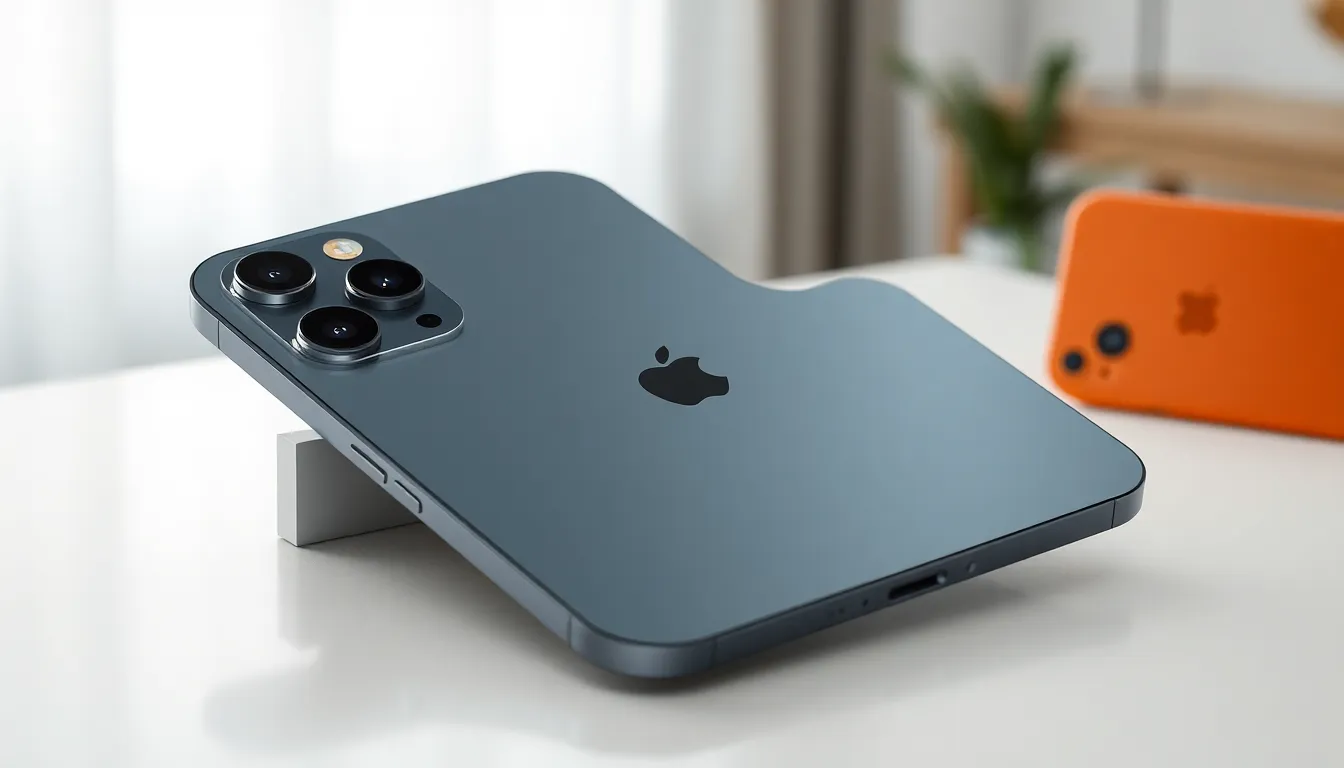Picture this: you’re trying to send a quick text to your friend who’s rocking an Android, but instead of a smooth delivery, you’re left staring at your screen in confusion. Why can’t you text Android from iPhone? It feels like trying to send a carrier pigeon with a broken wing.
Table of Contents
ToggleUnderstanding The Issue
Messaging between an iPhone and an Android device often raises confusion. Several factors contribute to this challenge.
Common Reasons For Incompatibility
Compatibility issues arise from different messaging protocols. iPhones primarily use iMessage for texting. That service operates over the internet, while Android phones typically rely on SMS or MMS, which function through cellular networks. When an iPhone sends a message, it needs to determine the recipient’s device. If it detects an Android device, it defaults to SMS or MMS. Transitioning from one protocol to another can cause delays, or even failed message deliveries. Network limitations and carrier restrictions also impact the reliability of text messaging between these platforms.
The Role Of Messaging Apps
Messaging applications significantly affect text exchanges. Many users depend on apps like WhatsApp or Facebook Messenger for cross-platform communication. These applications utilize the internet, allowing seamless interaction between iPhone and Android users. They’ve gained immense popularity due to their enhanced features and improved user experiences. Adopting these alternatives often mitigates issues associated with traditional SMS, bridging the gaps caused by inherent platform differences. Properly configuring these apps can further enhance the messaging experience, providing users with reliable communication options.
Apple’s iMessage System

iMessage serves as Apple’s native messaging service, enhancing communication among Apple devices. It uniquely uses internet connectivity, allowing users to send messages, photos, and videos seamlessly.
How iMessage Works
iMessage utilizes Apple’s servers to transmit messages. When sending an iMessage, the sender’s device encrypts the message before sending it to Apple’s servers. These servers then forward the message to the recipient’s device, where it gets decrypted. Features like read receipts, typing indicators, and message effects enrich the communication experience. Users can also send messages over Wi-Fi or cellular data, avoiding traditional SMS fees. This functionality lies at the core of iMessage’s appeal, fostering a more interactive messaging environment.
Limitations Of iMessage
iMessage holds significant limitations when communicating with non-Apple devices. Primarily, it operates solely on Apple products, restricting cross-platform messaging. Users may encounter frustration when trying to text an Android phone, as iMessages cannot reach those devices directly. In instances where a recipient is not on iMessage, SMS gets automatically used, which may lead to missed features like encryption. Additionally, users experience variable data usage depending on their cellular and Wi-Fi status. This creates scenarios where messages might not deliver timely, resulting in a less reliable messaging experience.
Android Messaging
Messaging between Android and iPhone devices presents unique challenges. Understanding the differences in messaging protocols clarifies these difficulties.
SMS vs. MMS
SMS, or Short Message Service, sends text messages up to 160 characters. Users typically utilize SMS for straightforward text communications. MMS, or Multimedia Messaging Service, enables the transmission of media like photos and videos. Despite their capabilities, both services rely on cellular networks, affecting reliability compared to internet-based options. Texts sent from an iPhone to an Android device transition from iMessage to SMS or MMS, often cutting off advanced features. When iMessages aren’t an option, sending longer texts can result in fragmentation. Receiving images or videos from iPhone might also lead to quality loss due to compression changes.
Compatibility With Other Devices
Cross-platform messaging relies heavily on compatibility. Apple prioritizes iMessage for seamless interactions among its devices. Users prefer iMessage because of its rich features and integration with other Apple services. However, iMessage doesn’t extend to Android devices, leading to limitations in functionality. Android users miss out on features like read receipts and typing indicators when receiving messages from iPhones. Additionally, differences in how carriers handle messages contribute to delays or even delivery failures. Users may experience frustration due to these inconsistencies, underscoring the need for alternative messaging solutions such as dedicated apps.
Troubleshooting Tips
These troubleshooting tips help resolve issues when texting between iPhones and Android devices. Following these steps can improve messaging success.
Checking Phone Settings
Verify that both devices are connected to a network. Ensure the iPhone isn’t in Airplane Mode, which disables cellular service. Check messaging settings as well. Navigate to Settings, then Messages on the iPhone and confirm that iMessages are enabled. Android users should check the default messaging app and ensure it’s set correctly. Sometimes notifications are disabled, making it seem like messages weren’t sent. Confirm the recipient’s phone number is entered correctly. Inaccurate numbers lead to undelivered texts.
Resetting Network Settings
Resetting network settings can resolve multiple issues. For iPhones, go to Settings, tap General, then Reset, and choose Reset Network Settings. This step clears saved Wi-Fi networks, so note down credentials first. After resetting, reconnect to Wi-Fi and cellular networks. Android users can access similar options in Settings under System and Reset options. Changing network settings eliminates incorrect configurations. Test the messaging functionality afterward to see if the issue persists. Frequently, this process detects and repairs underlying connectivity problems.
Alternatives To Texting
Messaging between iPhones and Android devices can be challenging. Thankfully, several alternatives provide reliable communication options.
Third-Party Messaging Apps
Using third-party messaging apps offers a seamless experience across devices. WhatsApp stands out with its user-friendly interface and end-to-end encryption, ensuring privacy during conversations. Facebook Messenger also facilitates straightforward communication between diverse platforms, making it widely used. Additionally, Telegram offers unique features like channels and groups, allowing users to engage in community discussions. These apps operate independently from standard SMS and MMS protocols, enabling users to enjoy rich features such as voice calls, video sharing, and stickers, regardless of the device type. Users appreciate having versatile options that minimize the frustrations associated with traditional texting.
Using Web-Based Solutions
Web-based solutions provide effective communication methods for iPhone and Android users. Services like Google Hangouts enable text, voice, and video calls using an internet connection. Such platforms often support group chats, making them ideal for coordinating among multiple users. Another popular option includes Skype, which offers video calls and instant messaging across platforms. Users can easily access these services through web browsers or dedicated apps, allowing for convenient communication. Enhanced functionality, such as file sharing and screen sharing, further boosts the overall experience for those looking to connect without platform restrictions.
Navigating the complexities of texting between iPhone and Android devices can be frustrating. The differences in messaging protocols and reliance on various networks often lead to delivery issues and a lack of features. While iMessage offers a rich experience among Apple users, it falls short when communicating with Android devices.
For those seeking reliable communication across platforms, third-party messaging apps provide a viable solution. By utilizing these alternatives, users can enjoy seamless interactions without the limitations of traditional SMS. Embracing these options not only enhances the messaging experience but also bridges the gap between different operating systems.






